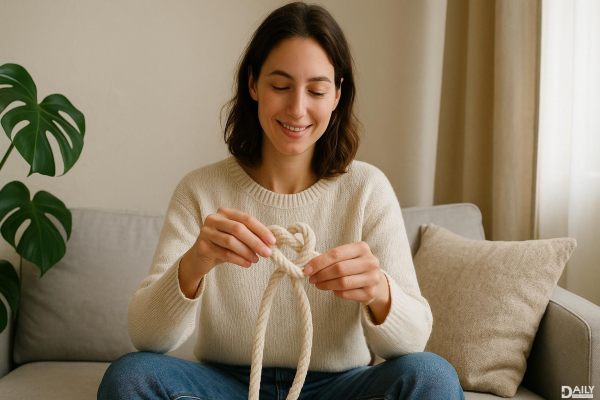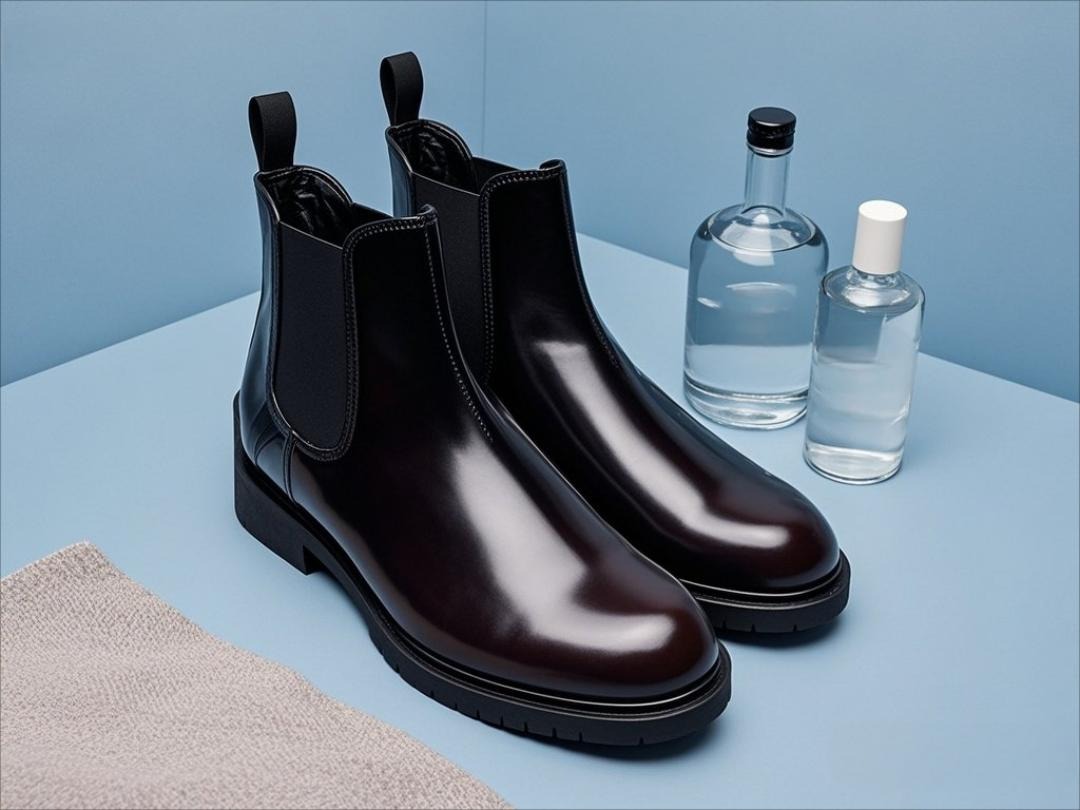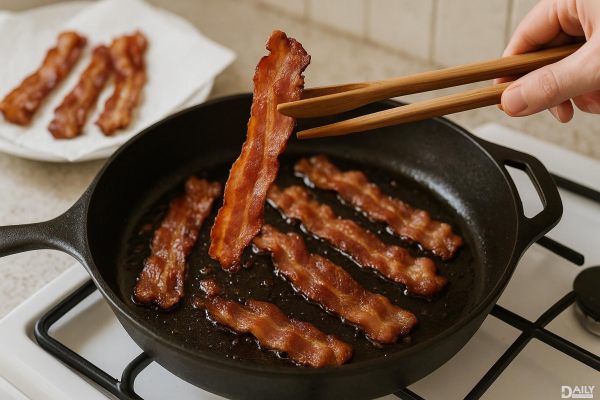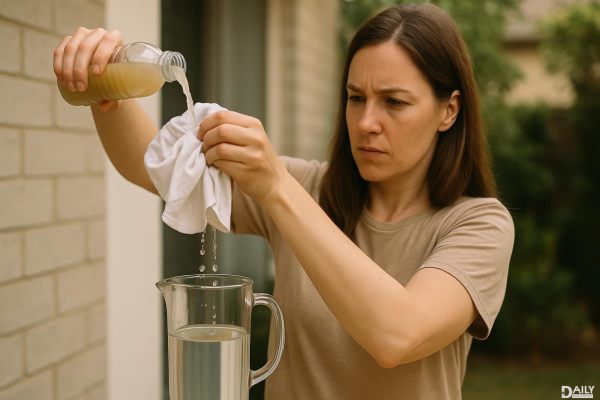Great news! It is totally possible to get in on the decanting trend without buying a heap of plastic containers, or taking time off from work to delicately funnel cinnamon from one tiny jar into another. As a busy working mom and a professional organizing expert (who has done her share of decanting), I've got some fool-proof tips to simplify the process and keep it sustainable and looking sharp.
What Is Decanting, Anyway?
You may be conjuring images of red wine resting in oddly shaped glass vessels, and you're not wrong, but it's actually broader than that. The term "decanting" is really just a fancy word that means taking products out of their original packaging and putting them into more elevated (typically clear) containers, like jars or canisters. It’s not just for wine snobs—anyone who’s ever dumped cereal into a Tupperware to keep it fresh has technically decanted. The difference now? We’re doing it with style and intention, not just because the bag ripped open.
Why Decant?
Surprise! Decanting makes your pantry look dialed in, but there's actually way more to it than just aesthetics. Here’s the real tea: decanting is a game-changer for organization, freshness, and even mental clarity. Ever opened a cabinet only to be assaulted by a chaotic avalanche of half-crushed chip bags and rogue spaghetti boxes? Yeah, that’s what we’re fixing. A well-decanted pantry is like a zen garden for your snacks—everything has its place, and you can actually see what you have without playing a guessing game. Plus, airtight containers keep food fresher longer, meaning fewer sad, stale crackers and more happy, crunchy ones. And let’s be real—there’s something deeply satisfying about seeing rows of uniform jars instead of a jumble of mismatched packaging. It’s like your pantry got a glow-up.
Decanting Made Easy
Okay, so you’re sold on the idea, but where do you even start? Don’t worry—I’ve got you covered. The key is to approach decanting strategically, not obsessively. You don’t need to decant every last grain of rice in your kitchen (unless you’re into that, no judgment). Instead, focus on the items that’ll give you the biggest payoff in terms of organization, freshness, and visual appeal. Here’s how to break it down without losing your mind.
Decide What's Actually Worth Decanting
Not all pantry items are created equal when it comes to decanting. Some things are absolutely worth the effort, while others… not so much. Let’s break it down so you don’t waste time decanting stuff that’s fine as-is. Baking staples? Absolutely—flour, sugar, and other dry goods stay fresher longer in airtight containers. Snacks like nuts and crackers? Yes, please—nothing worse than reaching for a handful of almonds only to find they’ve gone stale. But canned goods? Hard pass. They’re already sealed and shelf-stable, so decanting them is just extra work for zero benefit. Same goes for individually wrapped snacks—no need to decant a box of granola bars when they’re already perfectly portioned. And spices? Most come in perfectly good jars already, so unless you’re buying in bulk, leave ’em be. The goal here is efficiency, not unnecessary busywork.
Shop Your Home First
Before you go on a Container Store spree, take a look around your kitchen. Chances are, you’ve already got plenty of perfectly good containers hiding in plain sight. Mason jars, old pasta sauce jars, even those fancy jam jars you’ve been hoarding—they all work great for decanting. Not only does this save you money, but it’s also way more sustainable than buying a bunch of new stuff. Plus, there’s something oddly satisfying about giving old jars a second life. Just make sure they’re clean, dry, and have airtight lids (nobody wants stale cereal because of a wonky lid). If you do need to buy containers, opt for glass over plastic—it’s more durable, better for the environment, and just looks nicer. Trust me, your future self will thank you when your pantry looks like it belongs in a home decor magazine.
Label Like a Pro
Here’s where things can get either super simple or unnecessarily complicated, depending on how much of a perfectionist you are. The key to labeling decanted items? Keep it broad. You don’t need a separate jar for every single type of nut or dried fruit—just label one jar “nuts” and call it a day. Same goes for snacks, cereal, and other staples. If you’re feeling fancy, you can use chalkboard labels or a wine pen to jot down expiration dates or cooking instructions, but honestly, a piece of masking tape and a Sharpie work just fine. The goal is to make your life easier, not create extra work. And if you’re the type who likes to switch up your snacks regularly, broad labels mean you can swap things out without having to redo your whole system. Efficiency for the win.
Back It Up
One of the most common decanting dilemmas? What to do with the extra product that doesn’t fit in your pretty new jars. The solution? A backup bin. Designate a spot (a basket, a bin, even a shelf) for all the overflow—sealed tight, of course—so you can easily refill your jars when they run low. This keeps everything organized without forcing you to decant every last grain of rice right away. And if space is tight, just tuck the extra behind your jars. Out of sight, but still easy to access when you need it. No more digging through the pantry like a raccoon in a dumpster to find that half-empty bag of quinoa.
Shop the Bulk Bins
If you’re going to decant, why not cut out the middleman and skip the packaging altogether? Many grocery stores have bulk bins where you can buy staples like rice, pasta, nuts, and spices by the pound—no plastic bags or cardboard boxes required. Just bring your own reusable bags or jars (some stores even let you tare the weight of your container), fill up, and transfer everything to your pantry jars when you get home. Not only is this way more eco-friendly, but it’s often cheaper too. Plus, you can buy exactly how much you need, which means less waste and fewer stale leftovers. Win-win.
At the end of the day, decanting is about making your life easier, not adding another chore to your to-do list. By focusing on the items that actually benefit from being decanted, repurposing containers you already have, and keeping your system simple, you can create a pantry that’s both functional and Instagram-worthy. And hey, if you decide decanting isn’t for you? That’s cool too. There’s no rule that says your snacks have to live in glass jars to be valid. But if you do give it a try, I promise your future self—and your snacks—will thank you.
























